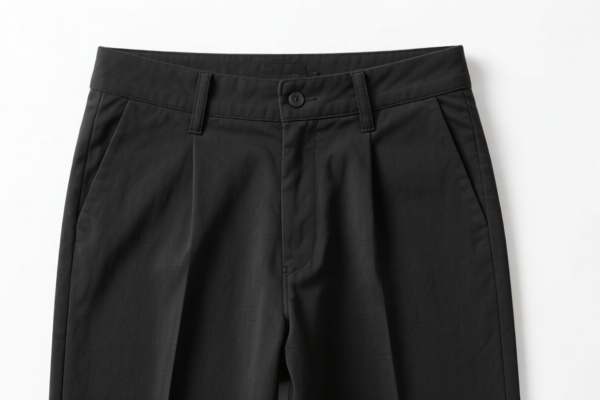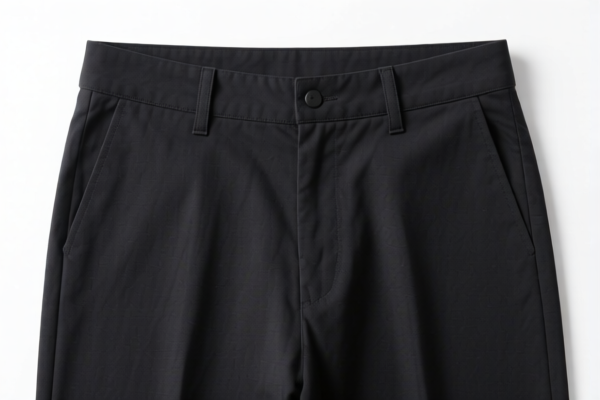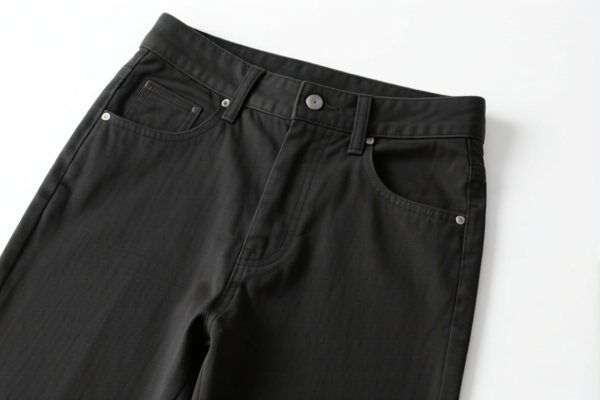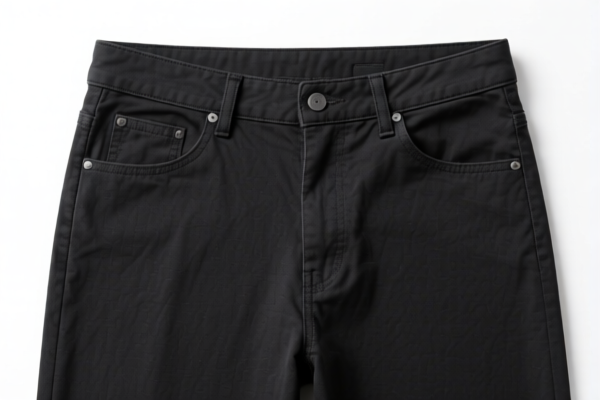| HS Code | Official Doc | Tariff Rate | Origin | Destination | Effective Date |
|---|---|---|---|---|---|
| 4203102000 | Doc | 59.7% | CN | US | 2025-05-12 |
| 4203102000 | Doc | 59.7% | CN | US | 2025-05-12 |
| 4101507000 | Doc | 40.8% | CN | US | 2025-05-12 |
| 4101901010 | Doc | 37.5% | CN | US | 2025-05-12 |
| 4302196000 | Doc | 58.5% | CN | US | 2025-05-12 |
| 4302197500 | Doc | 56.7% | CN | US | 2025-05-12 |
| 4303900000 | Doc | 55.0% | CN | US | 2025-05-12 |
| 6114909070 | Doc | 35.6% | CN | US | 2025-05-12 |
| 6113009038 | Doc | 44.6% | CN | US | 2025-05-12 |
| 6113009042 | Doc | 44.6% | CN | US | 2025-05-12 |
| 6203499010 | Doc | 40.3% | CN | US | 2025-05-12 |
| 6203499045 | Doc | 40.3% | CN | US | 2025-05-12 |
| 6204691510 | Doc | 51.1% | CN | US | 2025-05-12 |
| 6204692810 | Doc | 66.1% | CN | US | 2025-05-12 |




Leather Pants
Leather pants are a form of trousers constructed from leather, typically animal hide. They have a history rooted in practicality and have evolved into a significant fashion statement.
Material
The most common leathers used include:
- Cowhide: Durable, readily available, and relatively affordable. Often used for thicker, more rugged styles.
- Lambskin: Softer, more supple, and lighter weight. Provides a more comfortable, form-fitting feel.
- Goatskin: Offers a balance of durability and suppleness, often used for a textured appearance.
- Sheepskin: Very soft and warm, but less durable than other options.
- Synthetic Leather: (e.g., polyurethane or PVC) Offers a vegan alternative, often at a lower cost, but generally lacks the breathability and longevity of genuine leather.
Leather is often treated and finished in various ways to affect its appearance, texture, and water resistance. Common finishes include:
- Full-grain: Most durable and expensive, retaining the natural grain of the hide.
- Top-grain: Sanded to remove imperfections, more affordable than full-grain.
- Split-grain: Created from the lower layers of the hide, often used for suede.
Purpose & Function
Originally, leather pants were developed for practical purposes, offering protection in demanding environments:
- Motorcycling: Providing abrasion resistance in the event of a fall.
- Aviation: Early pilots wore leather pants and jackets for warmth and protection.
- Military: Used in some specialized applications for durability and weather resistance.
Modern leather pants are primarily a fashion item, valued for:
- Style: Offering a bold and edgy aesthetic.
- Warmth: Leather provides insulation, making them suitable for cooler weather.
- Durability: High-quality leather pants can last for many years with proper care.
Usage Scenarios
Leather pants are worn in a variety of contexts, depending on the style and cut:
- Casual: Paired with t-shirts, sweaters, and boots for everyday wear.
- Nightlife: Often worn for a more sophisticated and stylish look.
- Concerts/Events: Popular in rock, punk, and alternative fashion.
- Motorcycling: Specialized motorcycle leather pants offer reinforced protection.
Common Types
- Skinny: A tight-fitting style, popular in contemporary fashion.
- Straight-leg: A classic cut with a consistent width from hip to ankle.
- Bootcut: Wider at the ankle to accommodate boots.
- Flared: Wider at the ankle than bootcut, creating a bell-like shape.
- Cargo: Features multiple pockets, offering a more utilitarian style.
- Biker/Racing: Reinforced with armor and designed for motorcycle riding.
- High-waisted: Sits at or above the natural waistline.
- Low-waisted: Sits below the natural waistline.
Leather pants typically fall under apparel and clothing accessories made of leather. Here's a breakdown of relevant HS codes based on the provided reference material:
- 4203102000: This HS code covers articles of apparel and clothing accessories of leather or composition leather, specifically articles of apparel made of reptile leather.
- 42: Chapter 42 pertains to articles of apparel and clothing.
- 03: Heading 03 specifies articles of leather or composition leather.
- 10: Subheading 10 further defines apparel articles.
- 2000: This specifies articles of apparel made of reptile leather. The tax rate details indicate a base tariff of 4.7%, a surcharge of 25.0%, and a surcharge of 30.0% after April 2, 2025, resulting in a total tariff of 59.7%.
It is important to note that this HS code is specifically for reptile leather. If the pants are made of bovine, equine, or other types of leather, other HS codes may be more appropriate.
Customer Reviews
No reviews yet.